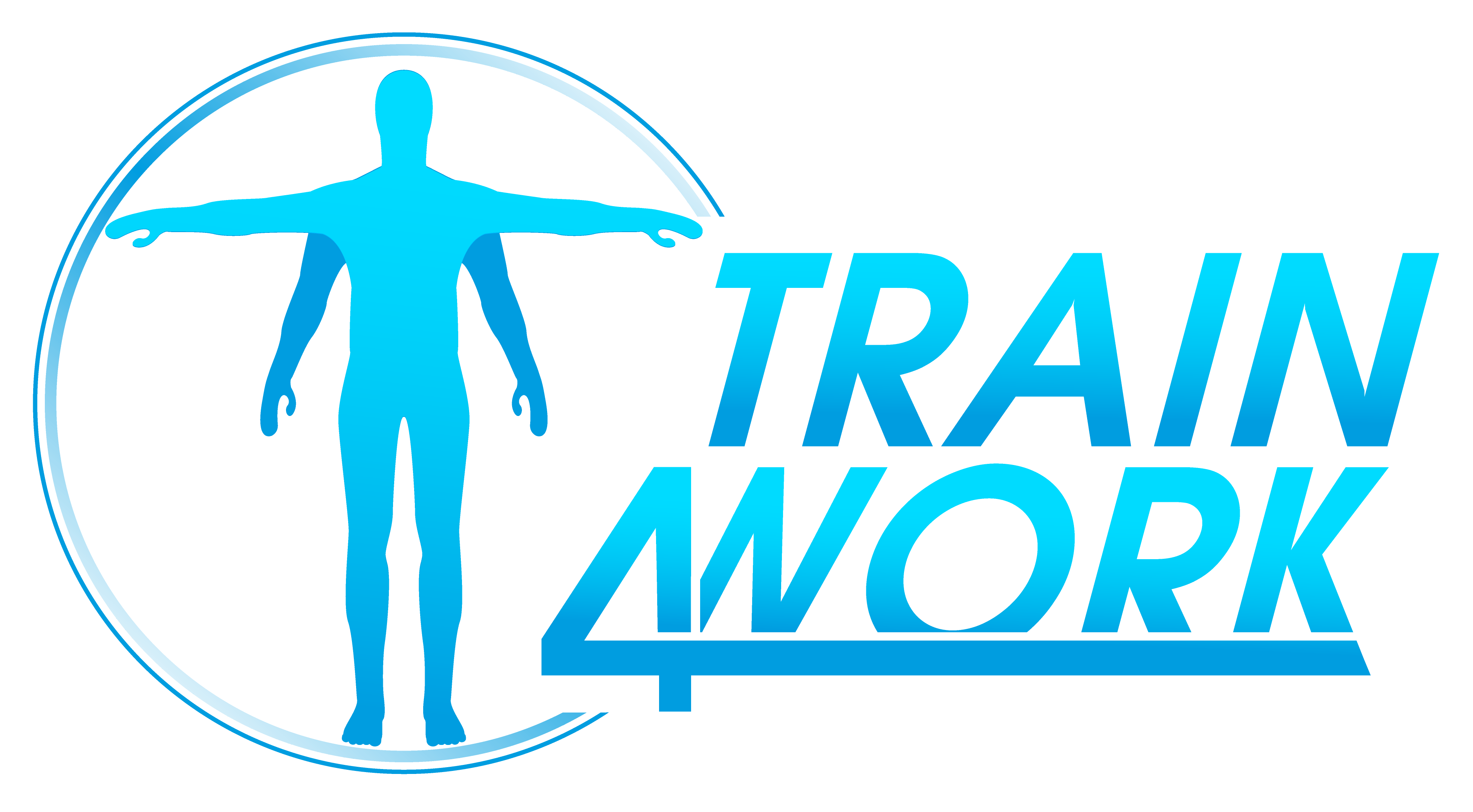European Month of Ergonomics 2010 - Ergonomics is a Key to Safe Maintenance
Sun, 06/30/2013 - 13:10 — ComPromCom
Ergonomics is a key to safe maintenance!
Ergonomics makes maintenance lighter, more fluent and more acceptable – and safer
Proper ergonomics design takes account of the life-cycle of systems: besides their daily operation, also assembly, maintenance, cleaning, reparation, renovation and dismantling
By following the ergonomics design principles, guidelines and procedures, given in European ergonomics standards (EN), maintenance conditions and activities can be optimized to the worker/operator
See the following examples of ergonomics considerations in maintenance activity – presented in order of their nature, physical, cognitive or organizational
Physical problems in maintenance work:
- working in unfavorable locations (e.g. in high places, in narrow spaces)
- working in awkward postures
- insufficient space for the hand movements or seeing, lack of free maintenance space
- excessive force required for operations
e.g. in changing of components, in opening valves
- excessive physical workload in some tasks
e.g. changing pumps without hoisting equipment
- poor lighting and thermal conditions, high noise and vibrations levels
- hazards, e.g. mechanical, electric, chemical
Cognitive (or mental) problems of maintenance work:
- visually poor displays and symbols, text not legible in varying environment
- use of maintenance equipment not intuitive
- maintenance procedures not logical, memorable or controllable
- instructions not easy-to-understand
- disturbance situations poorly instructed or guided
- other activities around, attention directed elsewhere
Organizational problems of maintenance:
- inappropriate division of tasks between the operator and the machine – e.g. lack of equipment for lightening heavy tasks
- inappropriate division of tasks between operators – unbalanced workload
inappropriate working hours (shifts, extensive work periods) – reduced physical and mental performance
- poor communication between operators
- poor guidance of the operators
With the help of ergonomics knowledge and ergonomics approach, the maintenance conditions and activities inherently become good for the operator and good for the organization:
- better satisfaction, motivation and commitment of the operator
- lower rate of accidents and fewer sick leaves
- less disturbancies and losses due to human error
- better quality, less careless work
- fluent and cost-effective maintenance, right operations in the correct way, in a minimum time, with minimum effort
- by proper ergonomics design, less need for corrections later, less costs of late changes.
The
purpose of the presentation is both to clarify what is ergonomics and to
demonstrate how ergonomics is essential in improving maintenance conditions.
FEES recommends that the EME 2010 relates to the Healthy Workplace campaign
"Safe maintenance", promoted
bytthe EU-OSHA, European Agency for
Safety and Health at Work.
| Attachment | Size |
|---|---|
| FEES_Ergonomics a key to safe maintenance.ppt | 264.5 KB |






